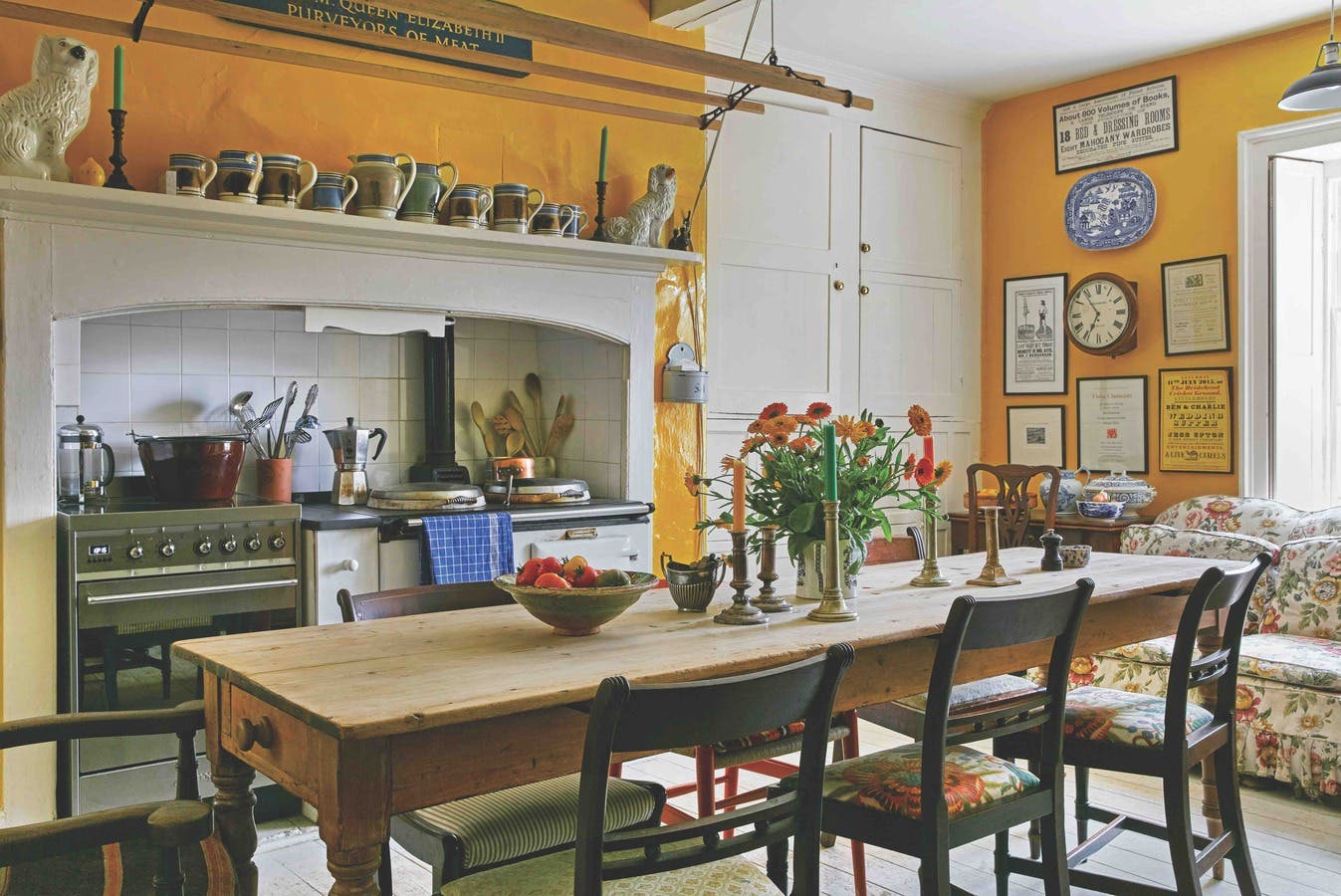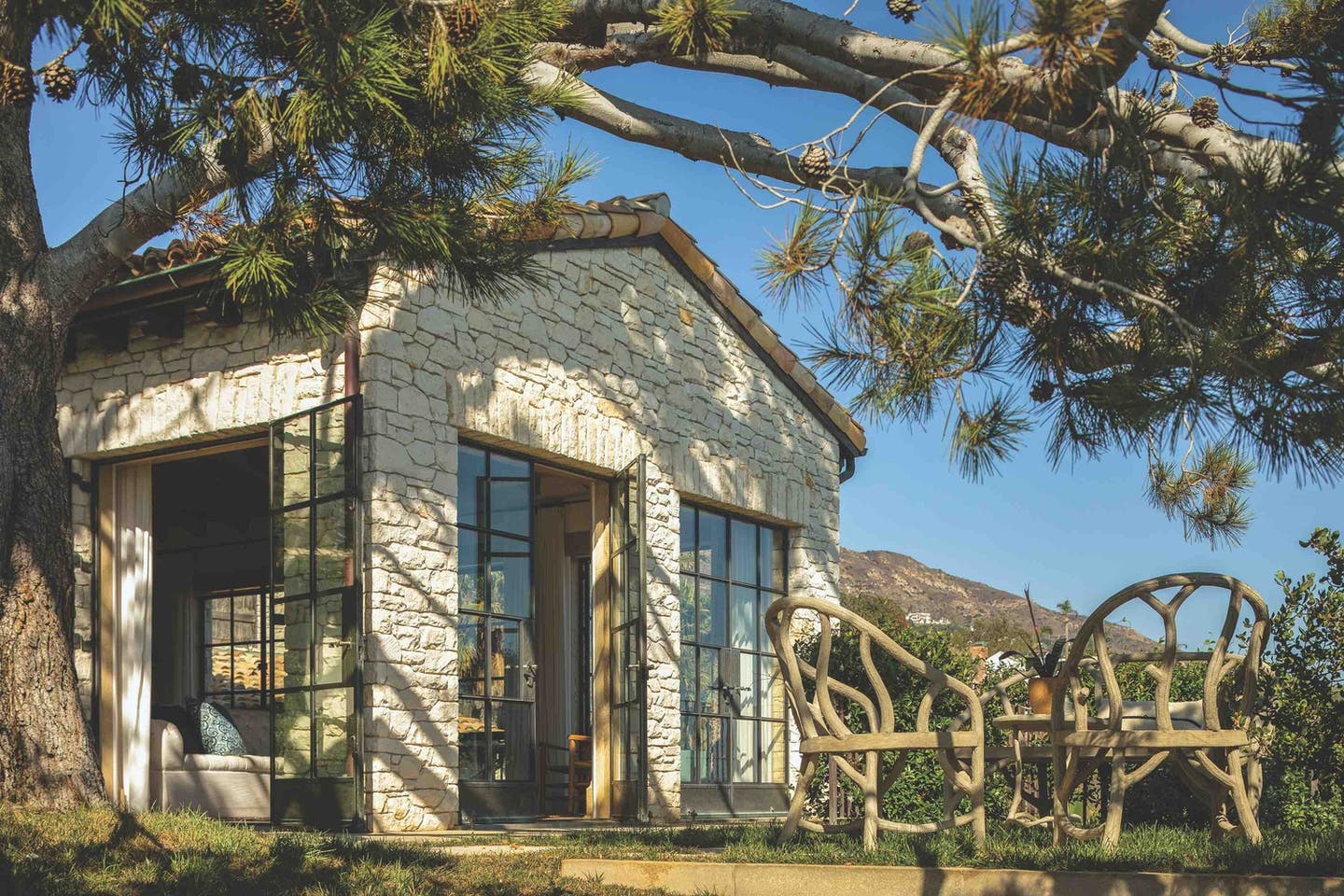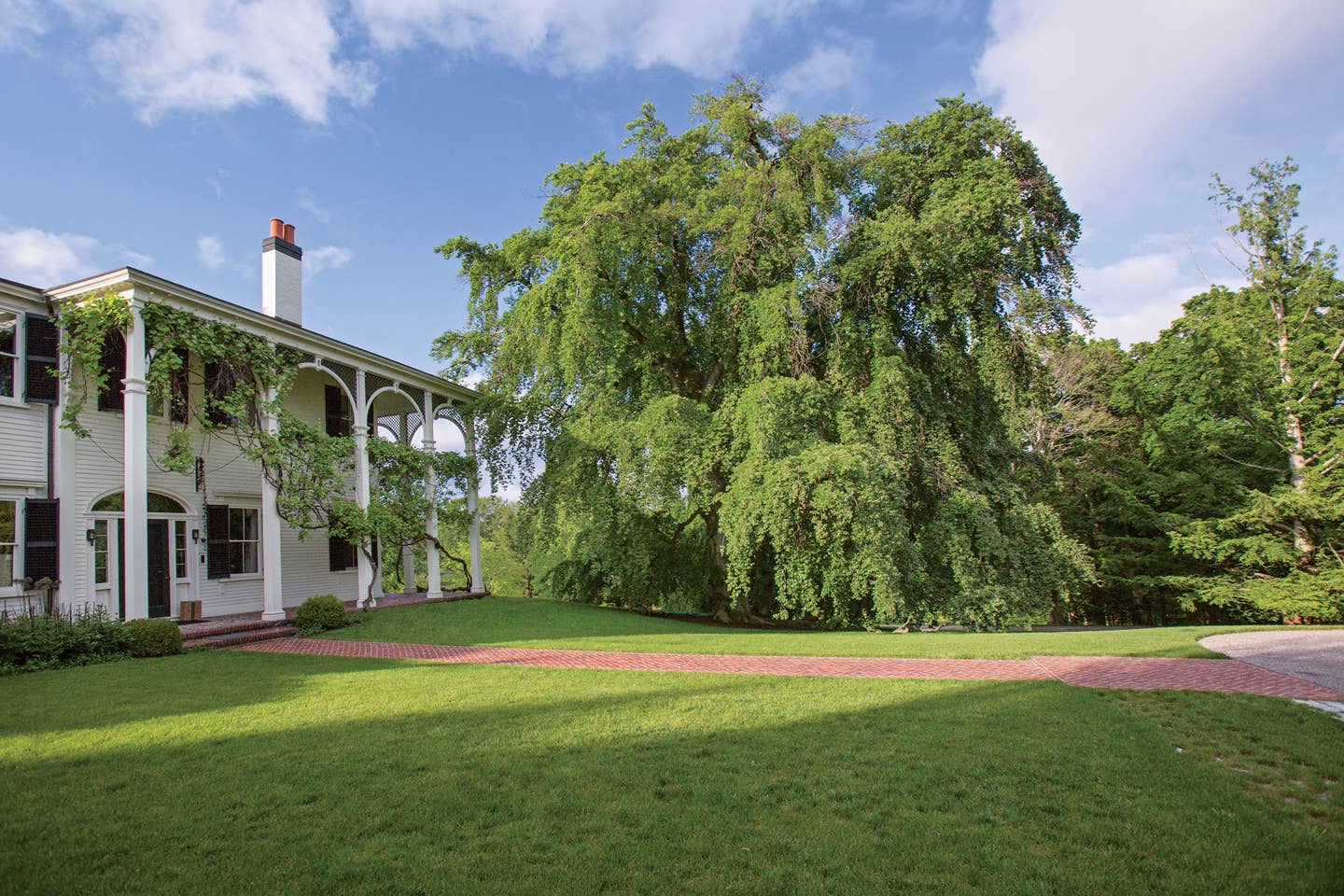
Projects
Isabella Stewart Gardner’s Country Estate’s Landscape Renovation
Should the landscape surrounding a house dictate the renovation of the estate itself? Yes, when one is talking about the former country home of John L. and Isabella Stewart Gardner. Rising out of the hilly country club district, just outside of Boston, Massachusetts, is an 1806 plantation-style mansion complete with grape vine and wisteria-covered colonnades. Astonishingly, it had remained in the Gardner family from 1842 to 2011 when a couple with children purchased it. It is hard to decide what excites the eye more, the iconic view of the ancient grape vine-covered porch or the breathtaking vista that spills out in front of it. There was a challenge however: how to update the rolling terrain around the house, for the needs of a modern family, without sacrificing its’ historical integrity—especially with regard to its wonderful specimen trees.

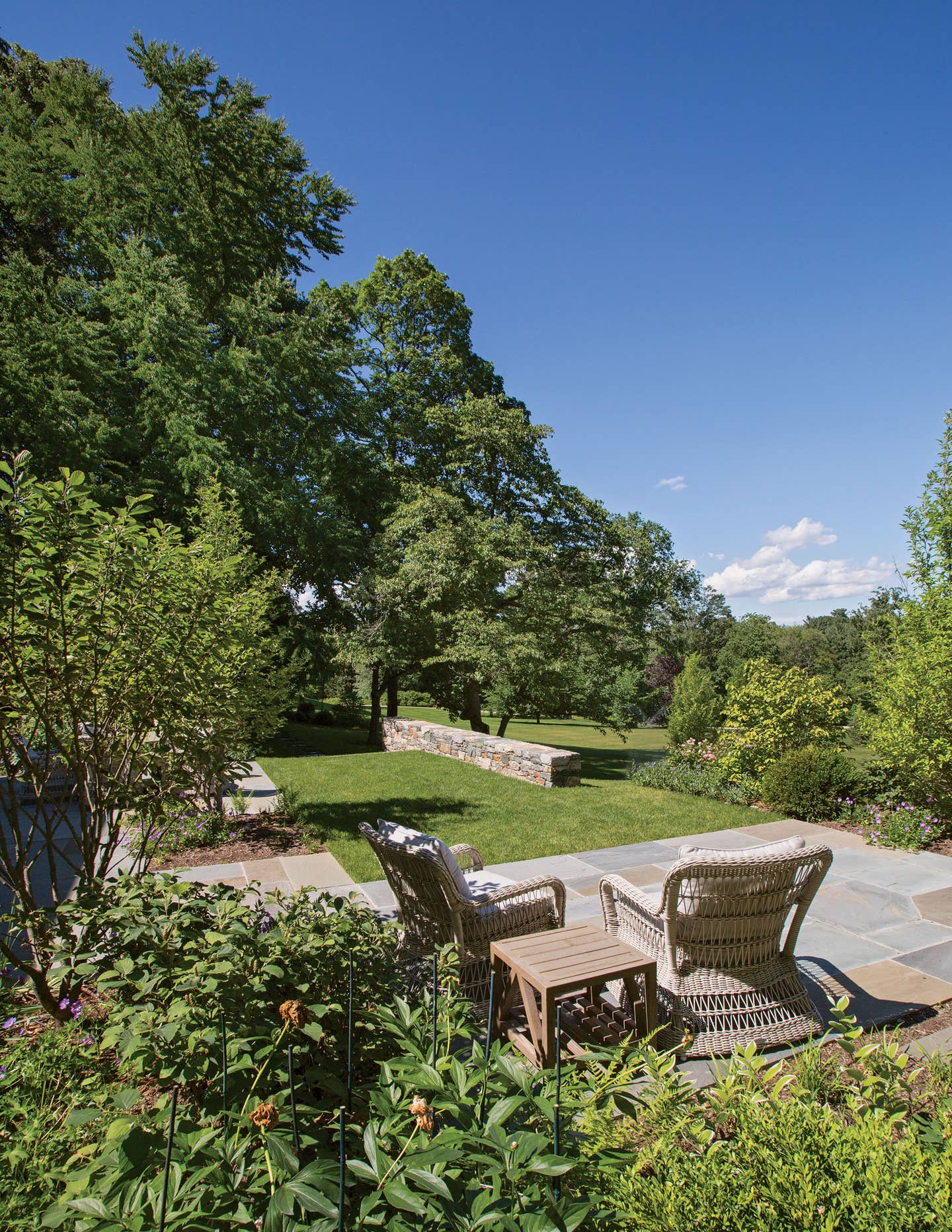
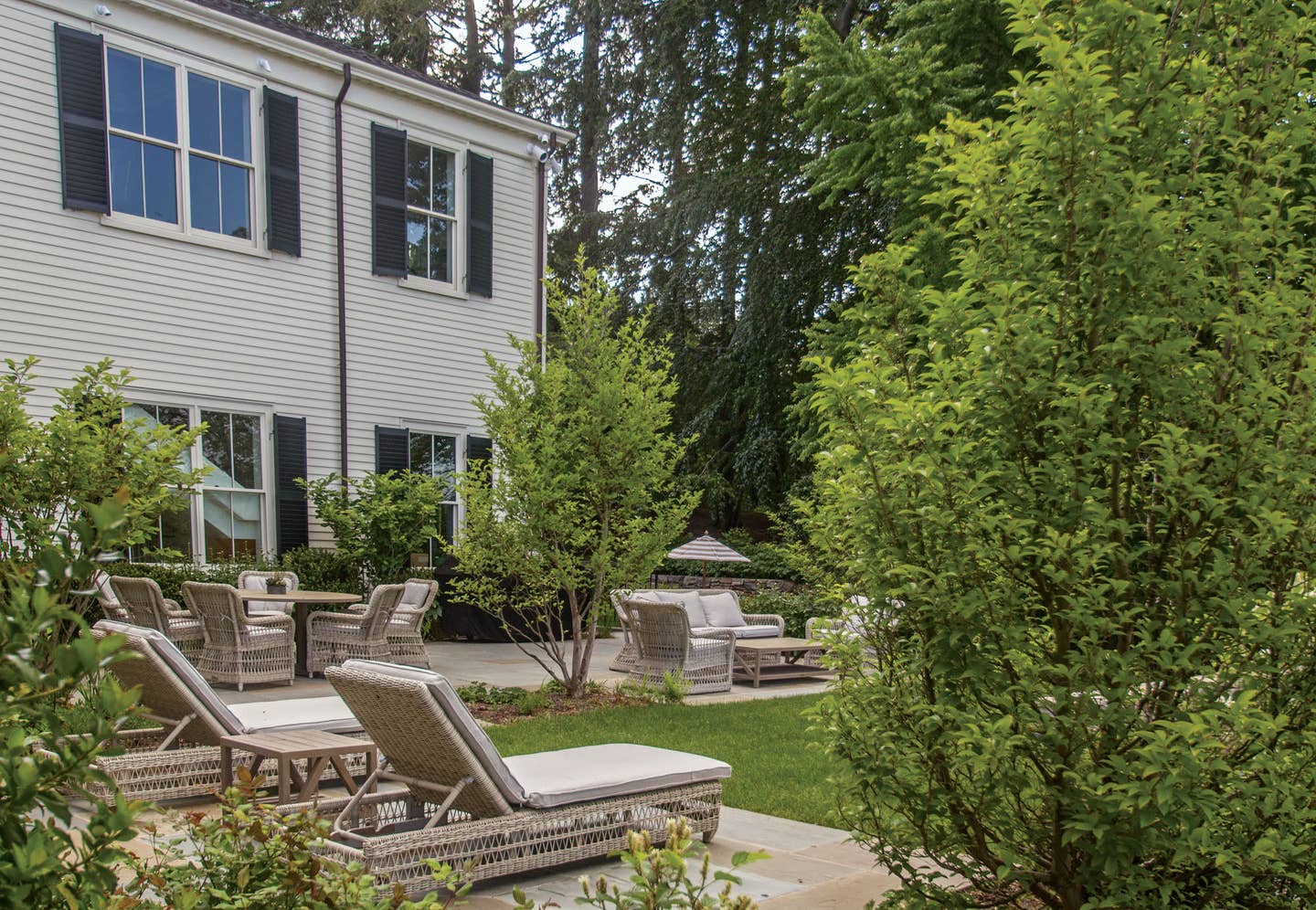
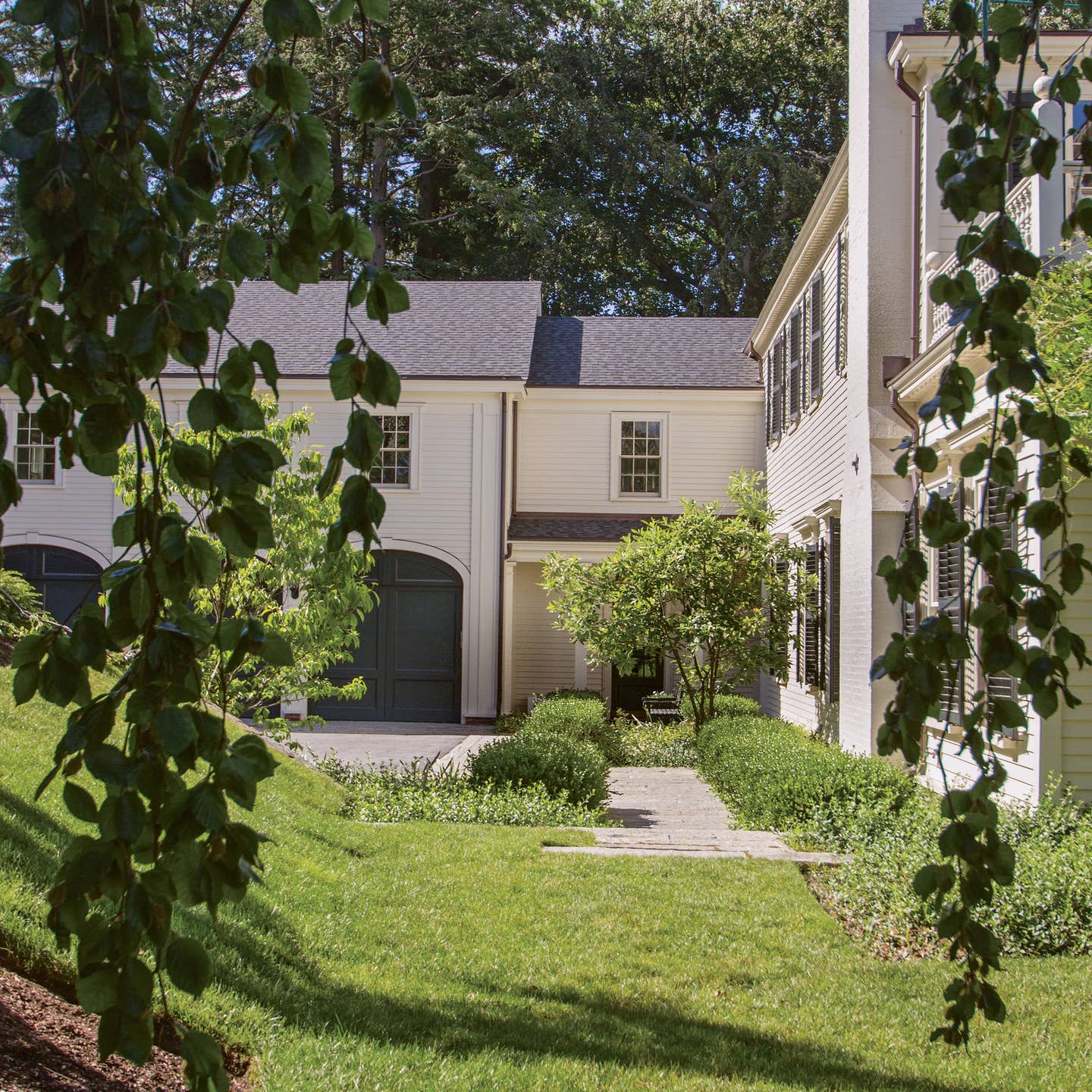
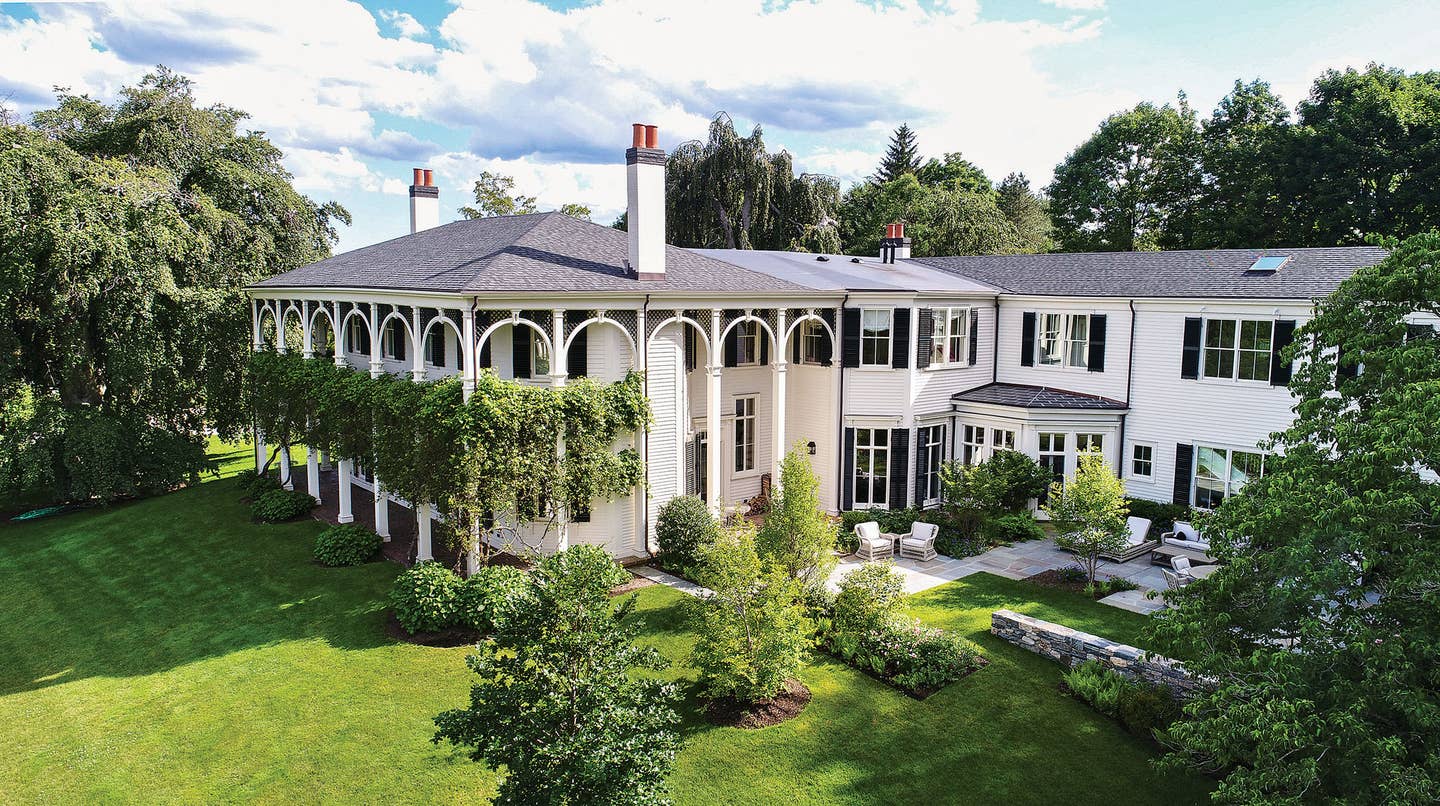
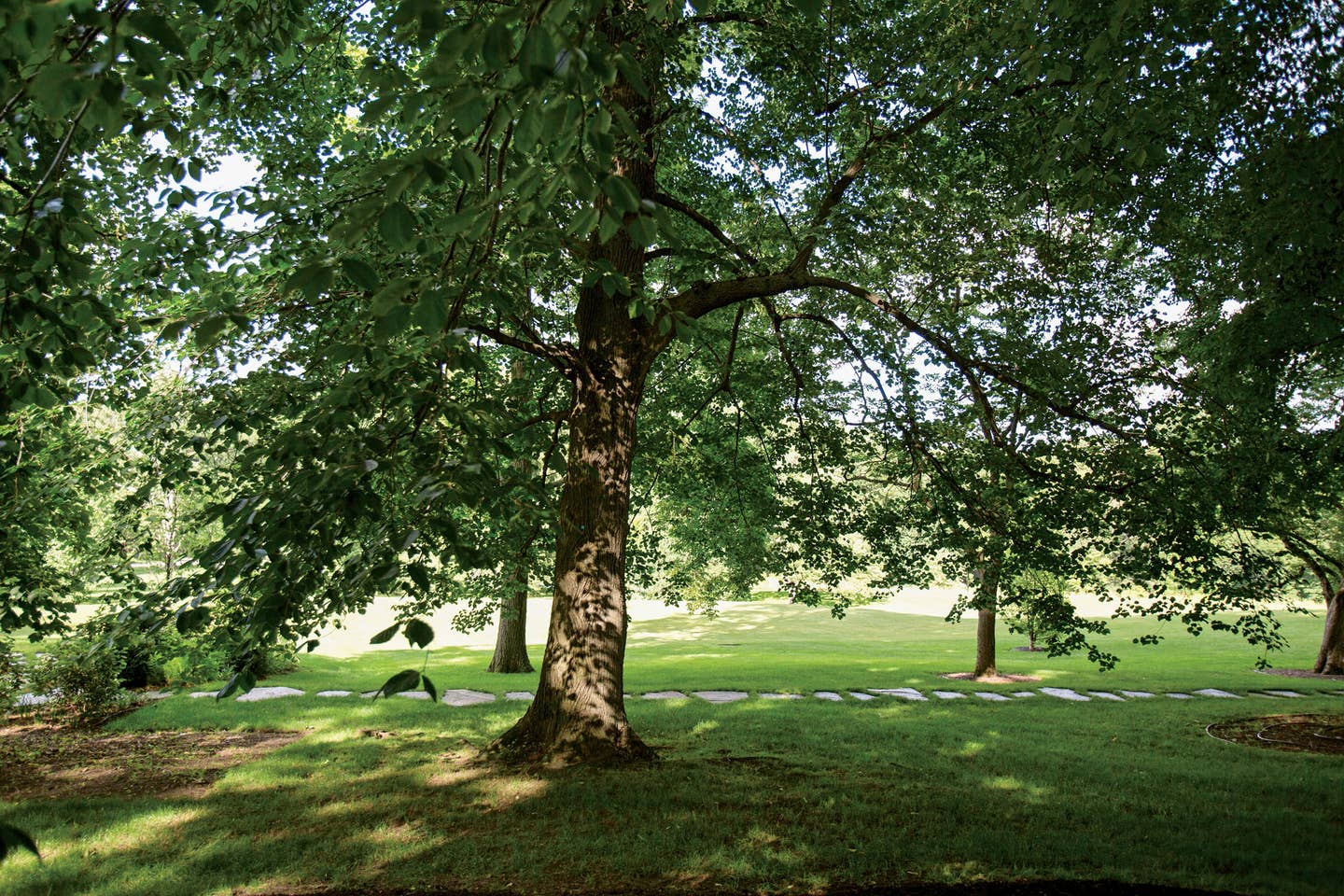
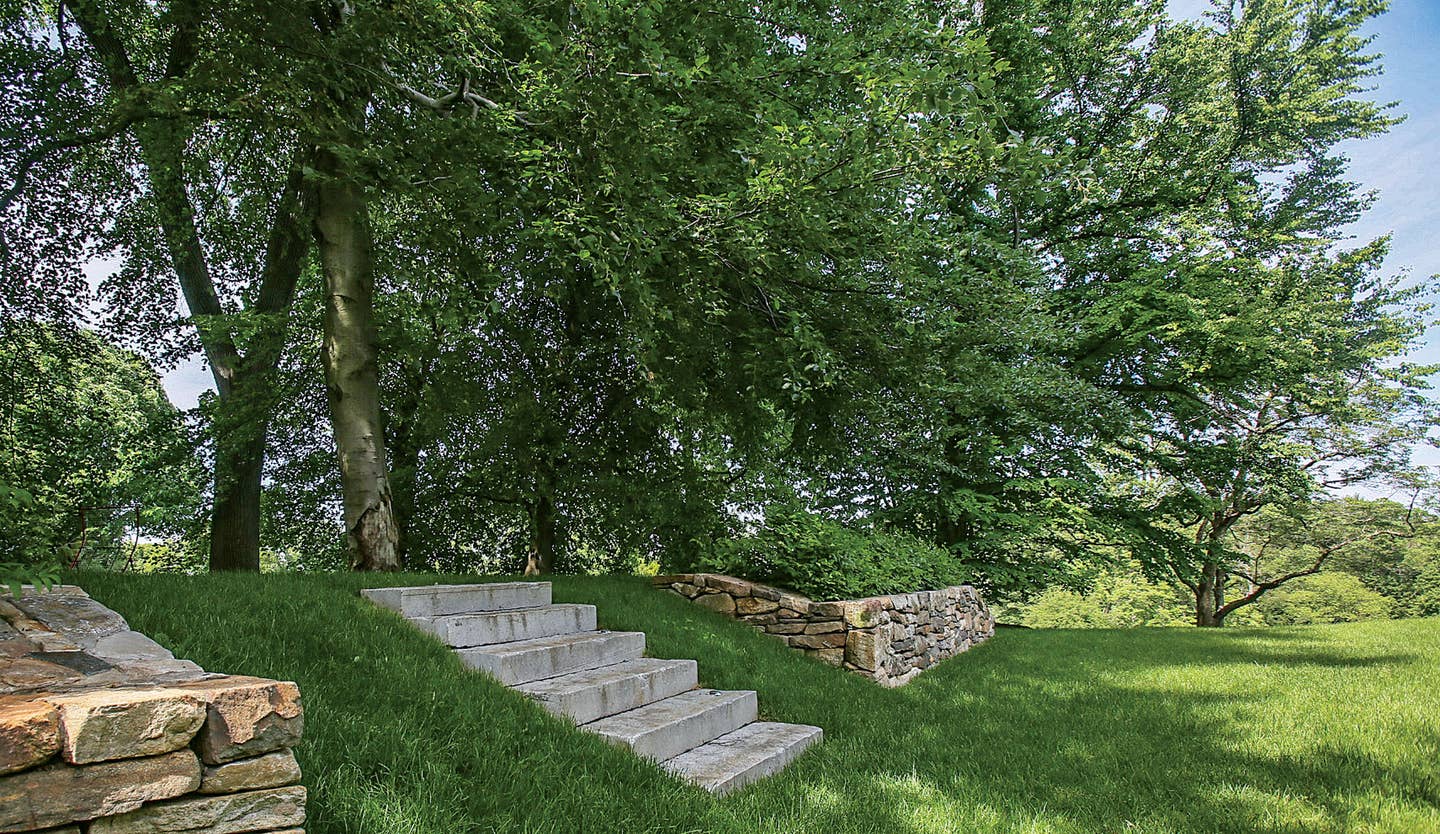
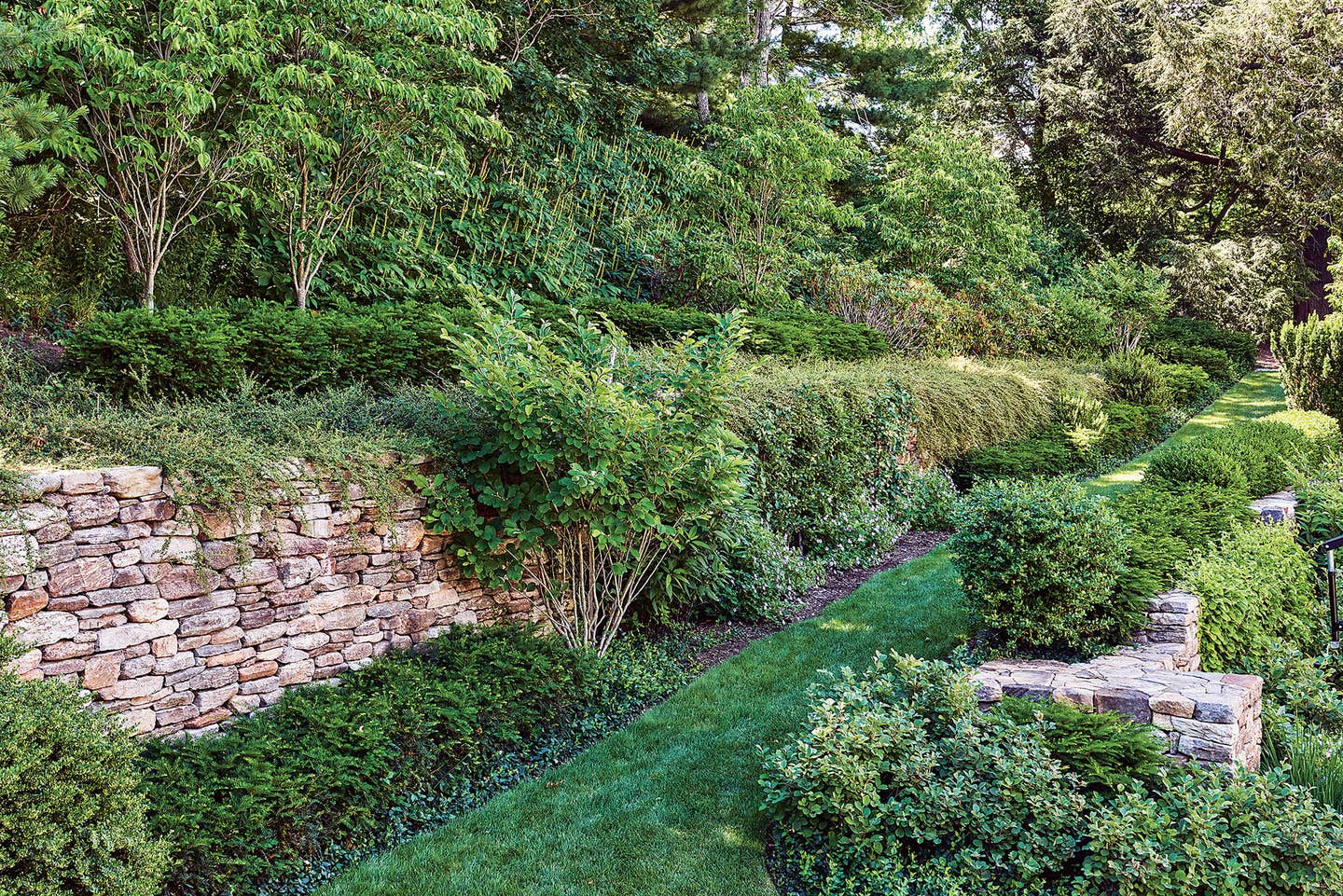
Enter the Bulfinch Award-winning team from LeBlanc Jones Landscape Architects. Their job was to carefully renovate the extensive 3.5 acres of verdant acres that the Federal gem adorns. The plan included new outdoor spaces as well as a new garage in order to mitigate the subdivision of the original Gardner property. Connecting the new spaces would be revamped old footpaths and carriage roads. What the project did not include was a restoration of Mrs. Gardner’s original landscape structures such as greenhouses and a Japanese garden.
Led by Keith LeBlanc, the Gardner Estate project took approximately six years to complete. It was the clients’ wishes “not to do too much to the historic property and that guided a lot of the decisions throughout the whole process,” LeBlanc explains. And yet, a lot was done but with a subtle hand.
Phases of Landscape Renovation
Phase One involved creating new adjacent amenities near the house. Thus, a new 3-car garage (connected to a “back door” addition to the home), cobble and lawn overflow parking spaces, and a new entry court were created. This construction involved precise grading. Project manager, Chris Shirazi explains, “In the front of the residence we actually re-designed the whole driveway so that the turnaround was moved away from the house to allow the family a bigger lawn area.”
The second phase of the renovation was equally challenging. It included “sculpting” a play lawn for the children into the large hill that slopes downward toward the winding entry drive. Extensive grading was also utilized (instead of retaining walls) in order to keep the dramatic view of original legacy trees: weeping beech, beech, hemlock, dawn redwood, linden, and dogwood, unchanged.
Grading was also done on the northern side of the home to create a series of purposeful outdoor rooms connected by vestiges of old footpaths and carriage roads. For example, a bluestone family terrace was laid out beside the addition. A new flagstone wall surrounds it. Stewartia and witch hazel trees were planted to ensure privacy and to provide shots of color and texture. The usual New England suspects: peonies, roses, iris, and geraniums were also tucked in, “We needed something local right there but the lawn is really the focal point,” says LeBlanc.
A newly devised stepping-stone path (underneath the remnants of an old allée) connects the family terrace to a sheltered fire pit area. Irregular slabs of blue-brown Goshen Stone were used with grass jointing. This casual spot leads down to the play lawn or up to a secluded turf terrace via reclaimed granite steps. Repurposing of existing hardscape materials is a practice of LeBlanc Jones.
Blending Old With New
The focus of the Gardner Estate project always came back to saving old trees and introducing new ones resistant to climate change. As LeBlanc points out, “It was about the concentration of the intensity of the plantings. On an estate like this the challenge is to have enough “garden” that would have flowers but understanding that the views out to the rolling lawn and majestic trees (we actually planted some legacy trees for the next generation) are the focal points.” He believes the Gardner family would “recognize some of the trees because they were clearly planted with legacy in mind. You don’t plant a beech tree and not remember it.” The new stewards of the land value their trees so much, they have an arborist on call.
Despite the grandeur of the Gardner Estate, it appears to have always been a child-friendly place based on old photographs the landscape team found when conducting their research. Flash forward to 2018 and instead of seeing 19th-century children in pony-driven sleighs, picture youngsters kicking a ball on a new emerald green field, courtesy of LeBlanc Jones Landscape Architects. Isabella Stewart Gardner would surely approve.



